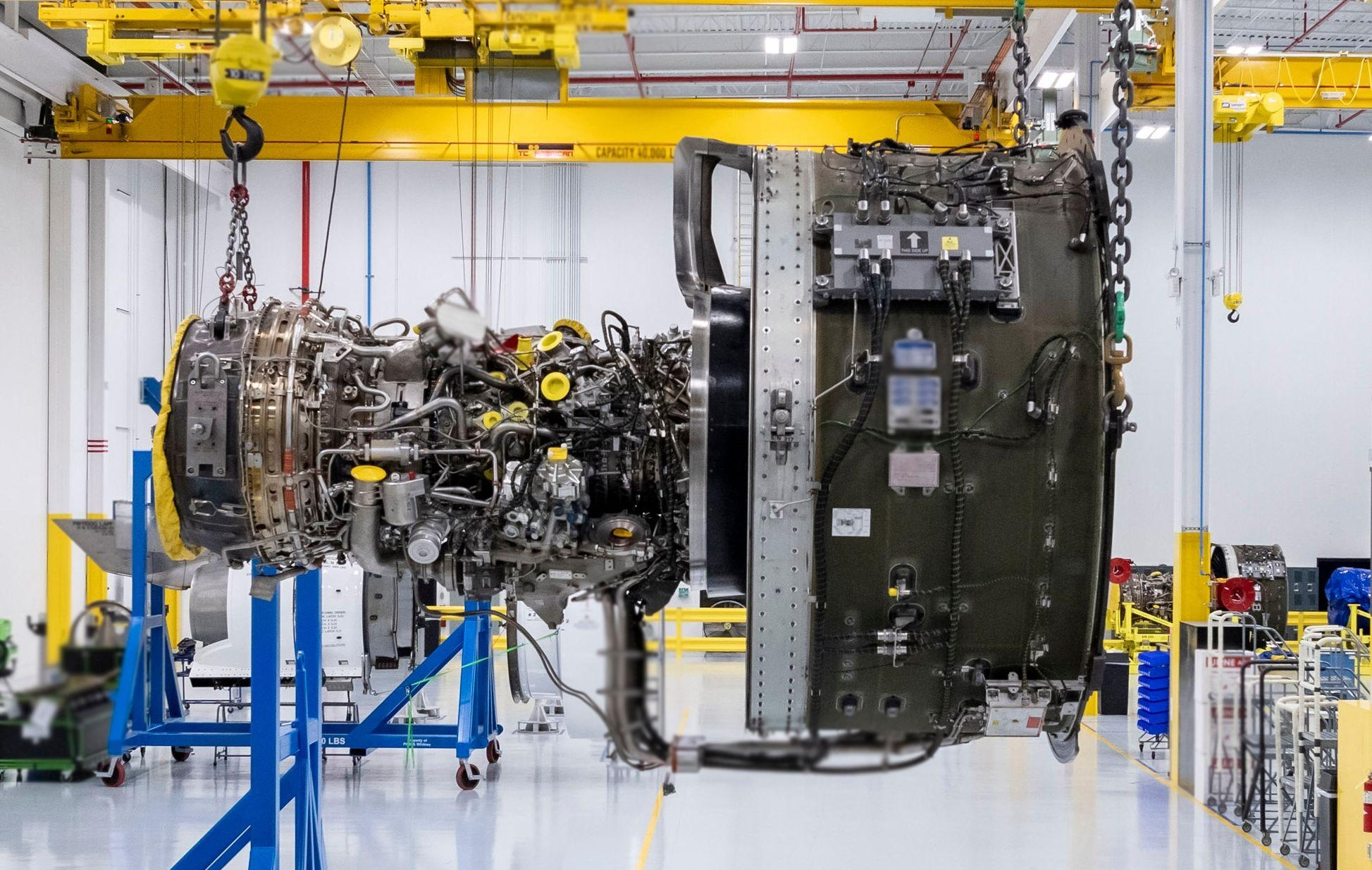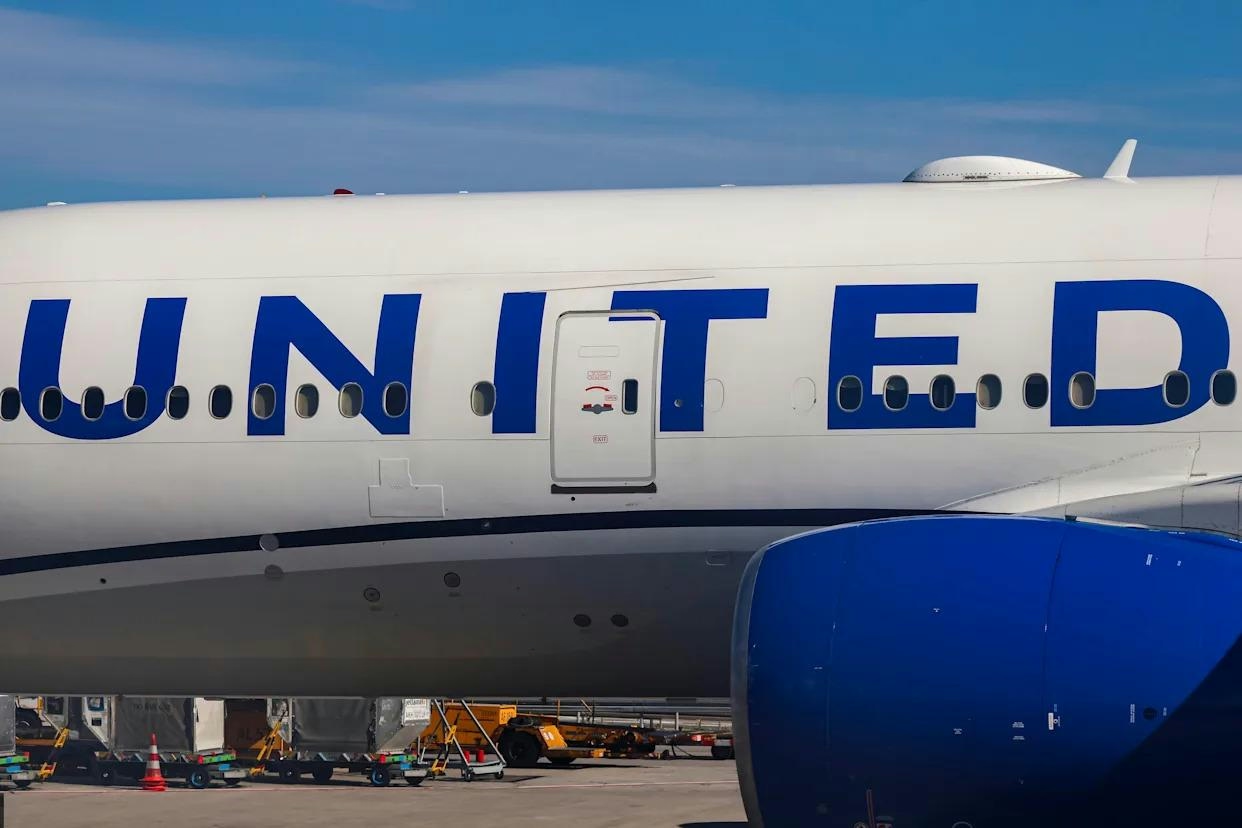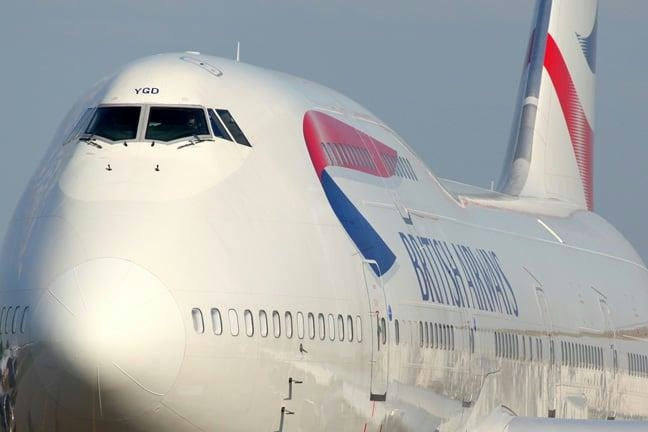
AeroGenie — Seu copiloto inteligente.
Tendências
Categories
Pratt & Whitney launches GTF engine upgrade

Pratt & Whitney Launches GTF Engine Upgrade to Enhance Durability and Efficiency
Pratt & Whitney has introduced the Hot Section Plus (HS+), a major upgrade to its geared turbofan (GTF) engine that powers the Airbus A320neo family. Derived from the recently FAA-certified GTF Advantage turbofan, the HS+ package aims to nearly double the engine’s time on wing, offering significant improvements in both durability and operational efficiency. This development marks a critical advancement for operators seeking to optimize performance and reduce maintenance-related disruptions.
Technical Enhancements and Operational Benefits
The HS+ upgrade targets the engine’s hot section, involving modifications to just 35 components that can be integrated during routine maintenance cycles. Pratt & Whitney plans to make the upgrade available to customers starting in 2026. Nick Tomassetti, vice president of Sales & Marketing at Pratt & Whitney, emphasized that the HS+ brings the durability improvements of the GTF Advantage hot section to existing GTF engines, allowing operators to nearly double their time on wing.
A notable feature of the HS+ is its compatibility with current GTF and GTF Advantage engines, ensuring that upgraded units remain interchangeable. This interoperability simplifies fleet management for airlines operating mixed engine configurations. The GTF Advantage itself incorporates the most advanced hot section technology in the single-aisle market, including an advanced airfoil design, enhanced coatings, and optimized cooling hole size, shape, and placement within the high-pressure turbine and combustor. These refinements are engineered to reduce oxidation and extend component lifespan.
Industry Context and Market Implications
While the GTF engine has delivered substantial fuel savings compared to older models such as the IAE V2500, it has encountered challenges related to design issues that have resulted in extended repair times and aircraft groundings. Airlines like IndiGo, which have experienced operational disruptions due to GTF-related groundings, have expressed optimism about the potential for improved durability and reliability offered by the HS+ upgrade. This initiative is viewed as a vital step toward restoring operator confidence and facilitating fleet recovery.
The introduction of HS+ also presents operational challenges for Pratt & Whitney, particularly in ensuring seamless integration with existing aircraft fleets and managing the transition within global maintenance networks. The company’s ability to navigate these complexities will be closely monitored by industry stakeholders.
Market response to the HS+ upgrade has been predominantly positive, with airlines eager for solutions that enhance fuel efficiency and minimize downtime. The competitive landscape may also be affected, as rivals such as Rolls-Royce and CFM International could accelerate their own upgrade programs to maintain technological leadership and market share.
Beyond the Airbus A320neo, the GTF engine powers the Airbus A220 and Embraer E2 jets, making the HS+ upgrade relevant across a wide segment of the single-aisle aircraft market. As airlines continue to prioritize efficiency and reliability, Pratt & Whitney’s latest enhancement is poised to play a significant role in the evolution of narrowbody engine technology.

UAE Airports Adopt AI to Manage Rising Passenger Traffic

Spain’s Leading Airlines and Hotels Use Google Flights AI to Enhance Holiday Offers

Vietnam Grounds 28 Aircraft Amid Global Engine Shortage

United Airlines Flight Returns to Dulles After Engine Failure on Takeoff

United Airlines flight makes emergency landing at Dulles after engine failure

The Impact of the New Air Force One’s Delayed 2028 Arrival on Aviation and Travel

United Airlines Restarts Controversial AI Scheduling for Flight Attendants

Joby Aviation’s Air Taxis Poised to Change Urban Travel and Tourism

BA Chief Warns AI Agents May Diminish Brand Visibility
